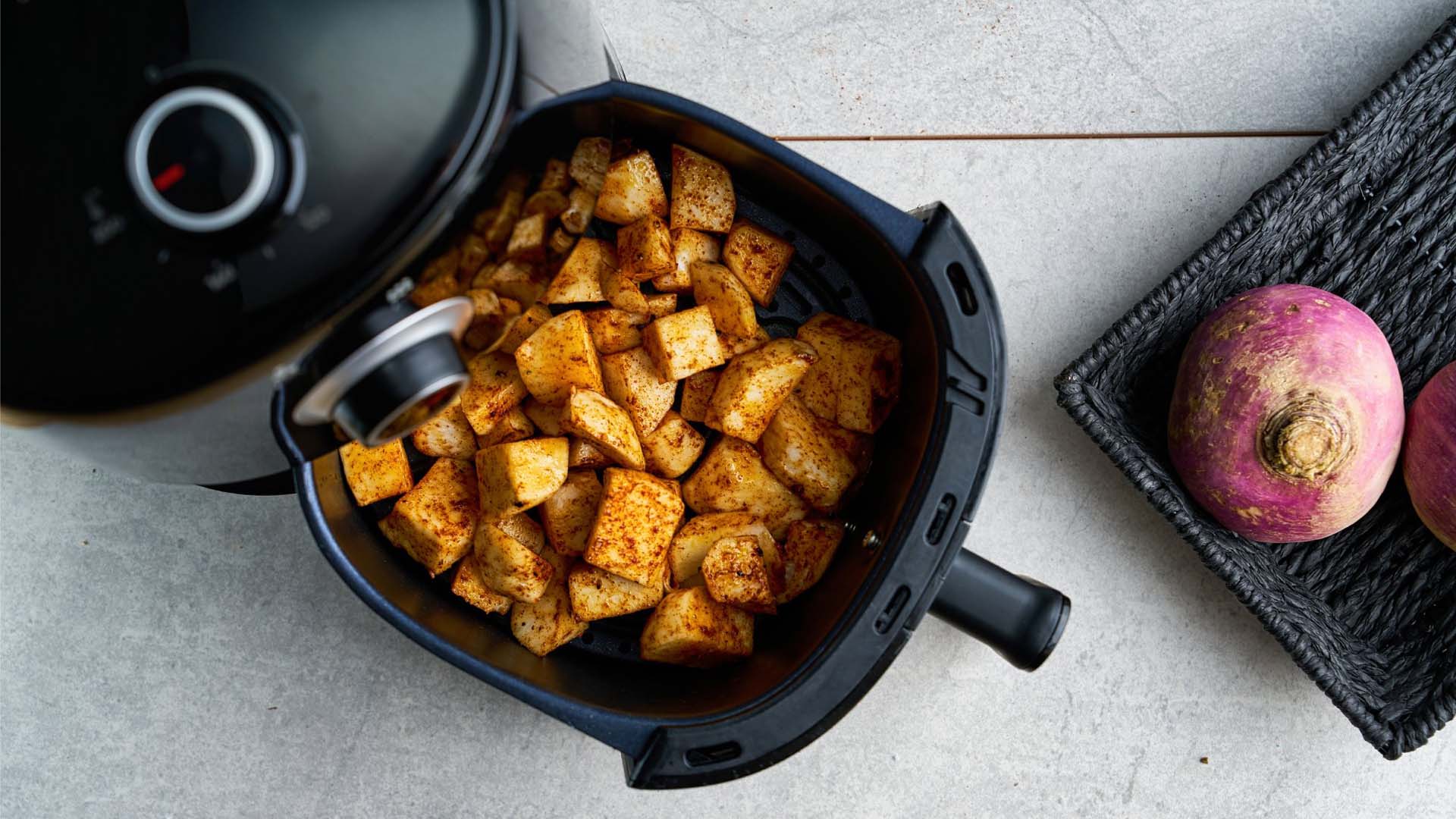
When it comes to vegetables that are particularly good for you, turnips and swedes might not be the first thing that springs to mind. But these under-appreciated vegetables could have more benefits than you think.
When eaten as part of a healthy balanced diet, they can help with many things from supporting your gut health to your cognitive function.
They made the headlines in 2023 when the former environment secretary Therese Coffey encouraged people to eat turnips when other vegetables are in short supply.
Although available all year round, swedes and maincrop turnips are in season from October to early spring in the UK. Baby turnips are in season from early summer until September.
If you’re growing your own, spring to early summer is a good time to sow early varieties – they can be ready for harvesting in as little as six weeks.
The names are often used interchangeably, but generally turnips have a white skin and flesh, sometimes tinged with purple at the top. Swedes have an orange-brown skin, also often tinged with purple, and orange flesh. In Scotland, swedes are known as neeps (and are a traditional accompaniment to haggis). Although there are slight differences, they are fairly similar to each other nutritionally.
Sophie Medlin, consultant dietitian and chair of the British Dietetic Association for London, explains why their popularity has fallen over the years.
“People in the UK would historically have eaten a lot more of them because they are native to the UK and grow easily in the British climate. They have a slightly more bitter taste than vegetables like carrots, and are less versatile than potatoes, so we have favoured those as our tastes and diets have evolved.
“Like all plants, turnips and swedes contain lots of useful nutrients. Specifically, they are good sources of vitamin K, vitamin A, vitamin C, folate, copper, and manganese. They are lower in carbohydrates than potatoes but also lower in fibre. You can also the turnip leaves.”
Just as there are health benefits of parsnips, here are a few reasons you might want to give turnips and swedes a try.
Turnips and swedes are a source of vitamin C, which may help with iron absorption. The body doesn’t absorb iron from plant sources (non-heme iron) easily, so vitamin C helps to increase the amount of iron absorbed from plant-based sources. Medlin confirms this, adding: “This is why we recommend adding veggies to lentil dishes.”
This is particularly important for older people, for whom iron absorption can be more difficult and iron deficiency is more common.
Some vitamin C will be lost during cooking and can leak out into the cooking water, so for maximum vitamin C, try eating them raw (shredded in a salad or coleslaw, for example) or in a soup or a stew, where you won’t lose the vitamin C in the cooking liquid.
A portion of swede (80g/ 3oz) contains around a third of your daily recommended intake of vitamin C.
If you can get hold of them, turnip leaves are even higher in vitamin C than the turnips themselves.
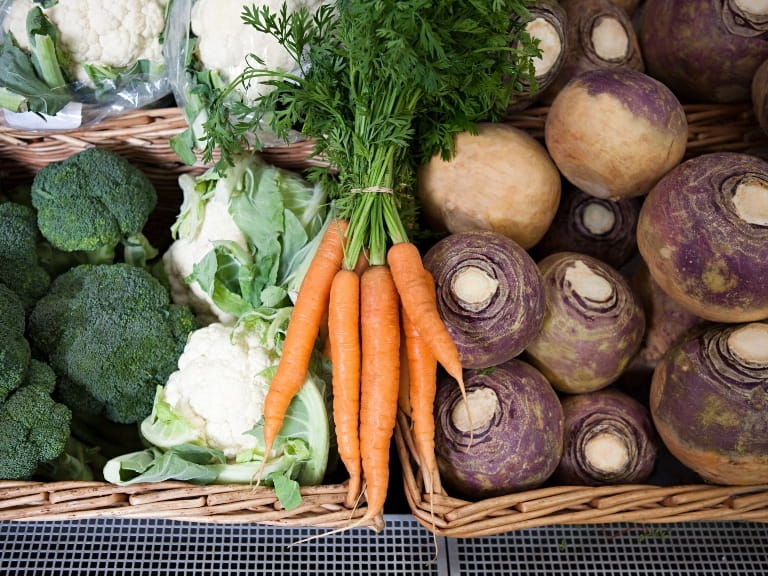
The vitamin C in swedes and turnips can also help to support a healthy immune system. Swedes are higher in vitamin C than turnips, but they are both good sources. (Turnip greens are even higher in vitamin C, whereas swede leaves are not usually eaten).
Vitamin C is also needed for all stages of wound healing.
As well as vitamin C, swedes and turnips are also sources of vitamin E, folate, antioxidants, including lutein and beta carotene, and glucosinolates - all of which can help prevent harmful inflammation in the body and support the immune system.
Turnips and swedes contain several types of fibre, including inulin, which also supports our gut health by feeding good bacteria in the digestive system.
Medlin says: “All fruits and vegetables contain fibre, so eating a variety of these means we can feed good bacteria in our colon with lots of different fibre, which helps keep our gut microbiome healthy.”
It’s important to note that you still need a variety of vegetables, so add turnips to your diet, rather than swapping them for another vegetable, to benefit your digestion and gut health. A more diverse microbiome is considered a healthier one.
“Adding grated turnip or swede to a salad [made up of other vegetables] would be an extra source of fibre and benefit our gut health,” adds Medlin.
The gut microbiome is the trillions of microorganisms (bacteria, viruses and fungi) that live in your digestive tract. Scientists are still learning more about our microbiome, but it’s estimated that each person has 500 to 1,000 species of bacteria in their gut.
It’s not just calcium, protein and vitamin D that are key to healthy bones as you age; vitamin A is also essential. So it’s good to hear that turnips offer decent levels of vitamin A. Medlin says:
“Vitamin A is very important for both building new bones and breaking down old bone tissue, which is essential for overall bone health. Without vitamin A, we’re not able to complete these processes effectively, leading to bone deterioration.”
For women, keeping bones healthy is particularly important post-menopause due to oestrogen – the hormone that maintains bone density and strength – decreasing.
Researchers still have a lot to uncover about the link between vitamin A and bone health, and some studies have even suggested that a high intake of vitamin A can lead to a higher risk of bone fractures. However, you’d only get high amounts from eating a lot of liver or from supplements, so you can safely eat turnips to your heart’s content.
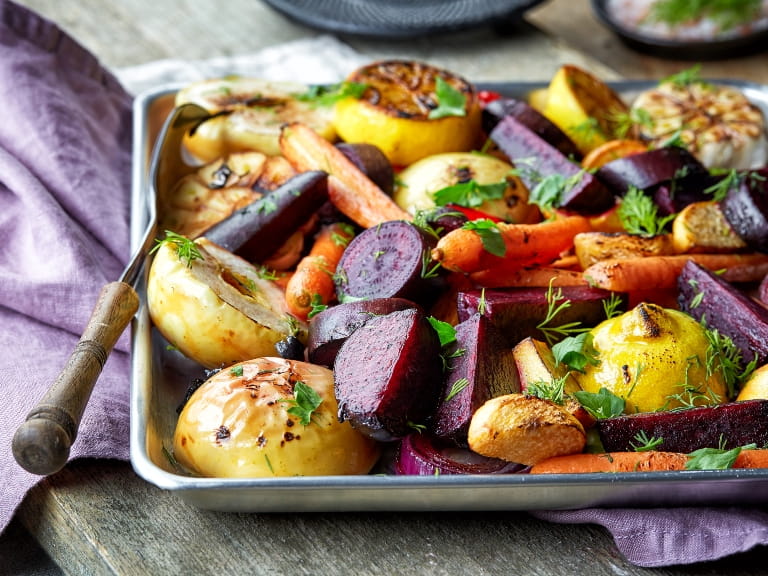
Turnips provide a good dose of manganese – a trace mineral that your body needs in small amounts to keep many of its systems working optimally. It can boost the immune system as well as bone health.
Plus, manganese helps with the absorption of many nutrients. For example, it helps the body to use vitamins C and E and choline and thiamine. It also works with vitamin K by clotting the blood to aid in wound healing.
Sophie’s tips for adding turnips and swedes to your diet
Gemma Harris has been a journalist for more than seven years and is a self-confessed health and wellbeing enthusiast, which led her to specialise in health journalism. During her career, she has worked with top editors and publications in the industry.
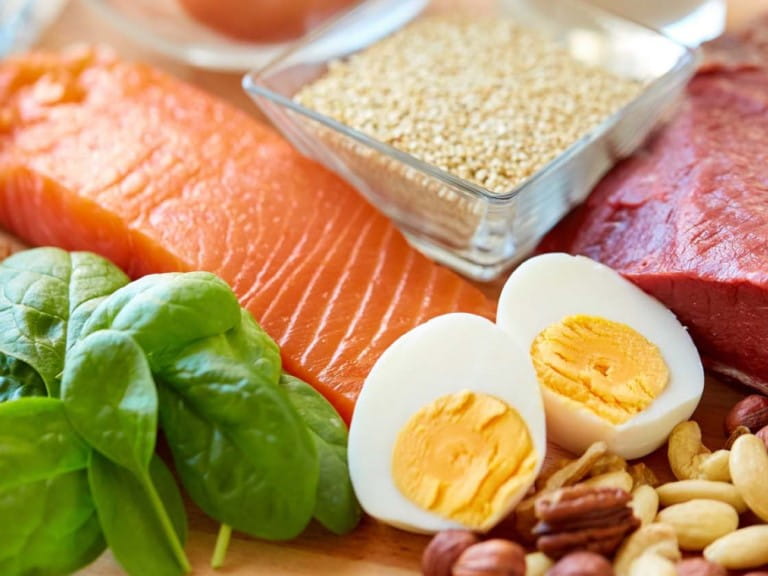
Everything you need to know about protein, from how it benefits your body to the best high-protein foods – and how much you really need.


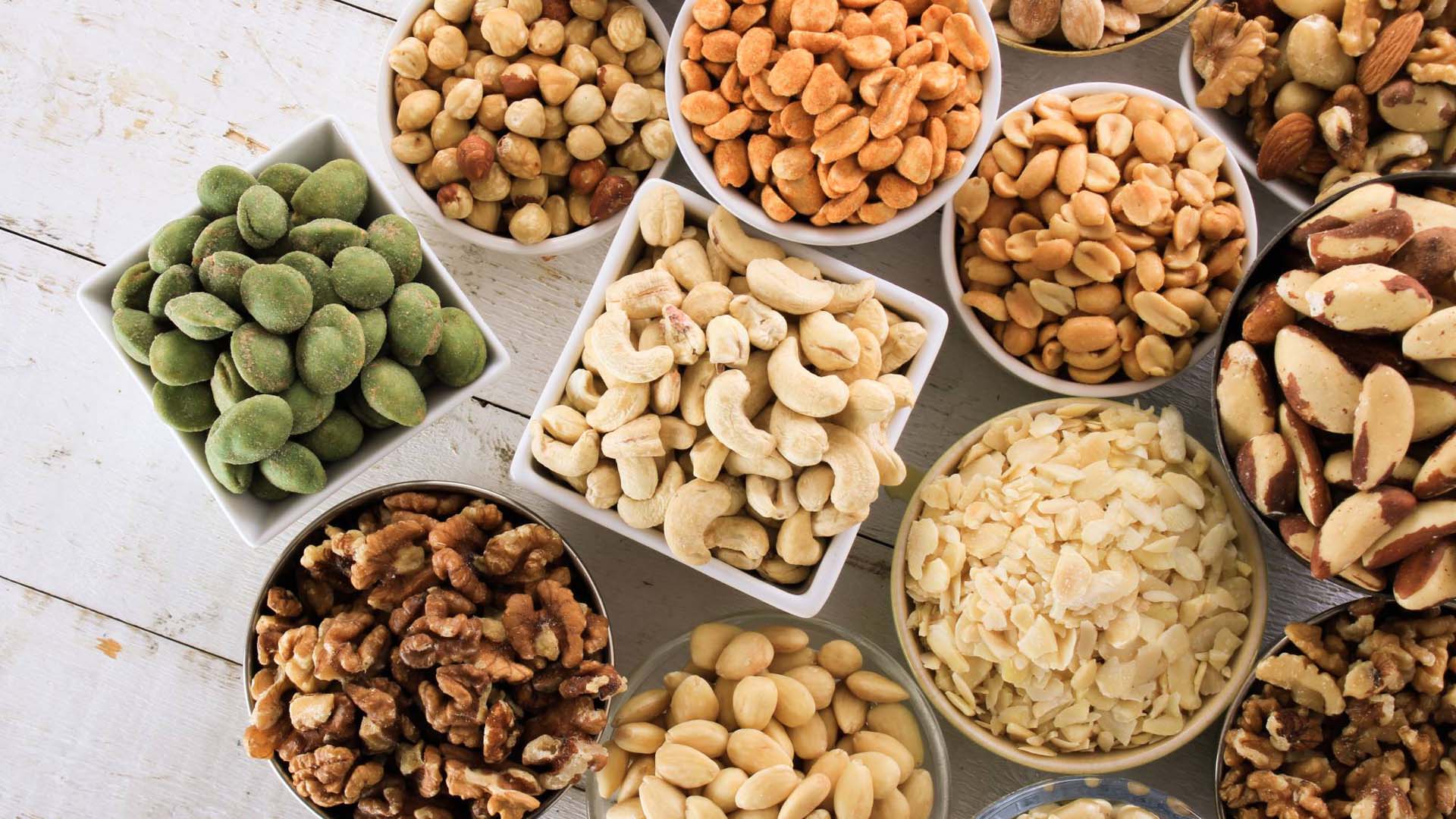
Let’s roast the myths! Not only are nuts less fattening than once feared, research shows they can cut the risk of heart disease too
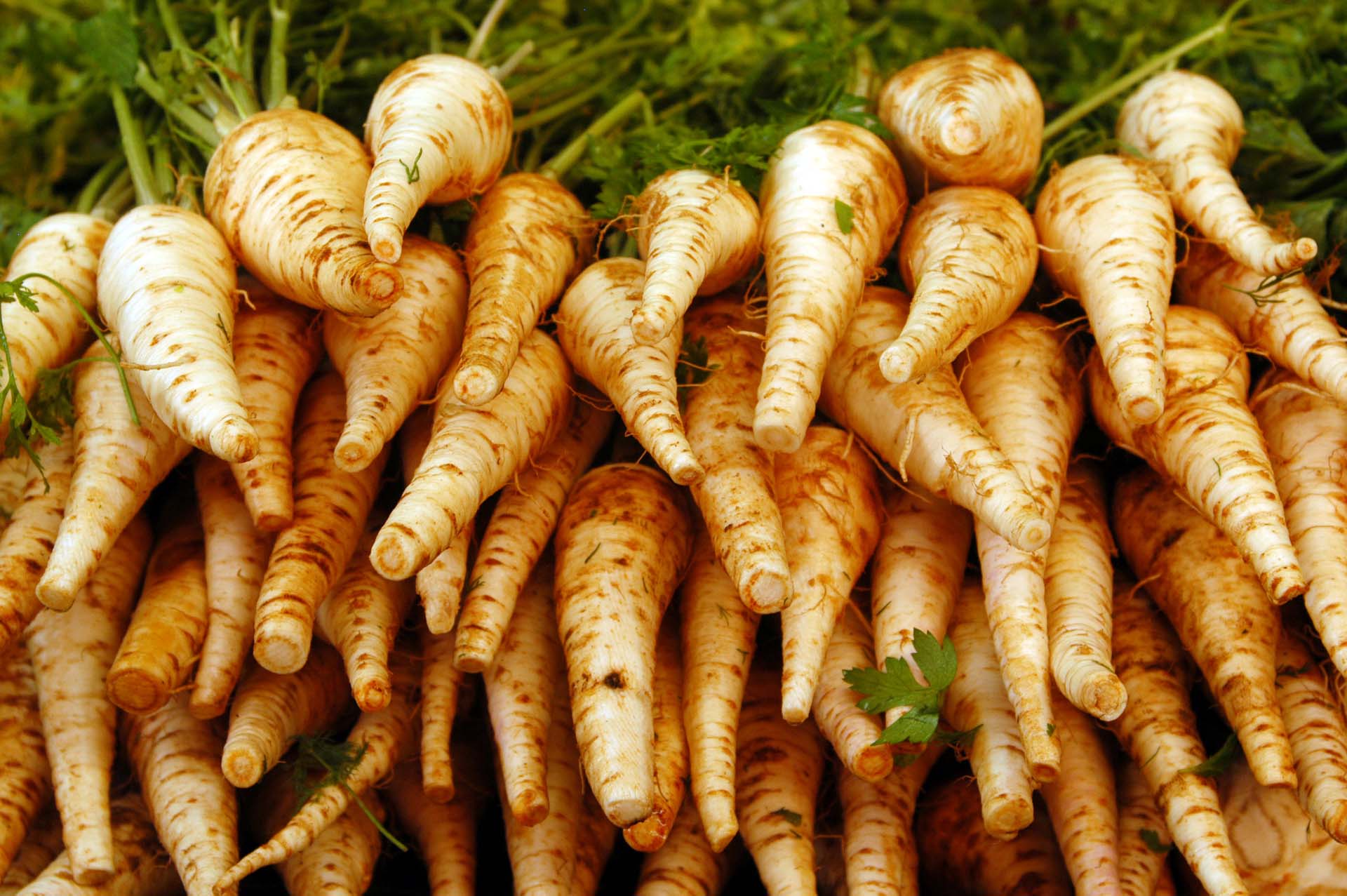

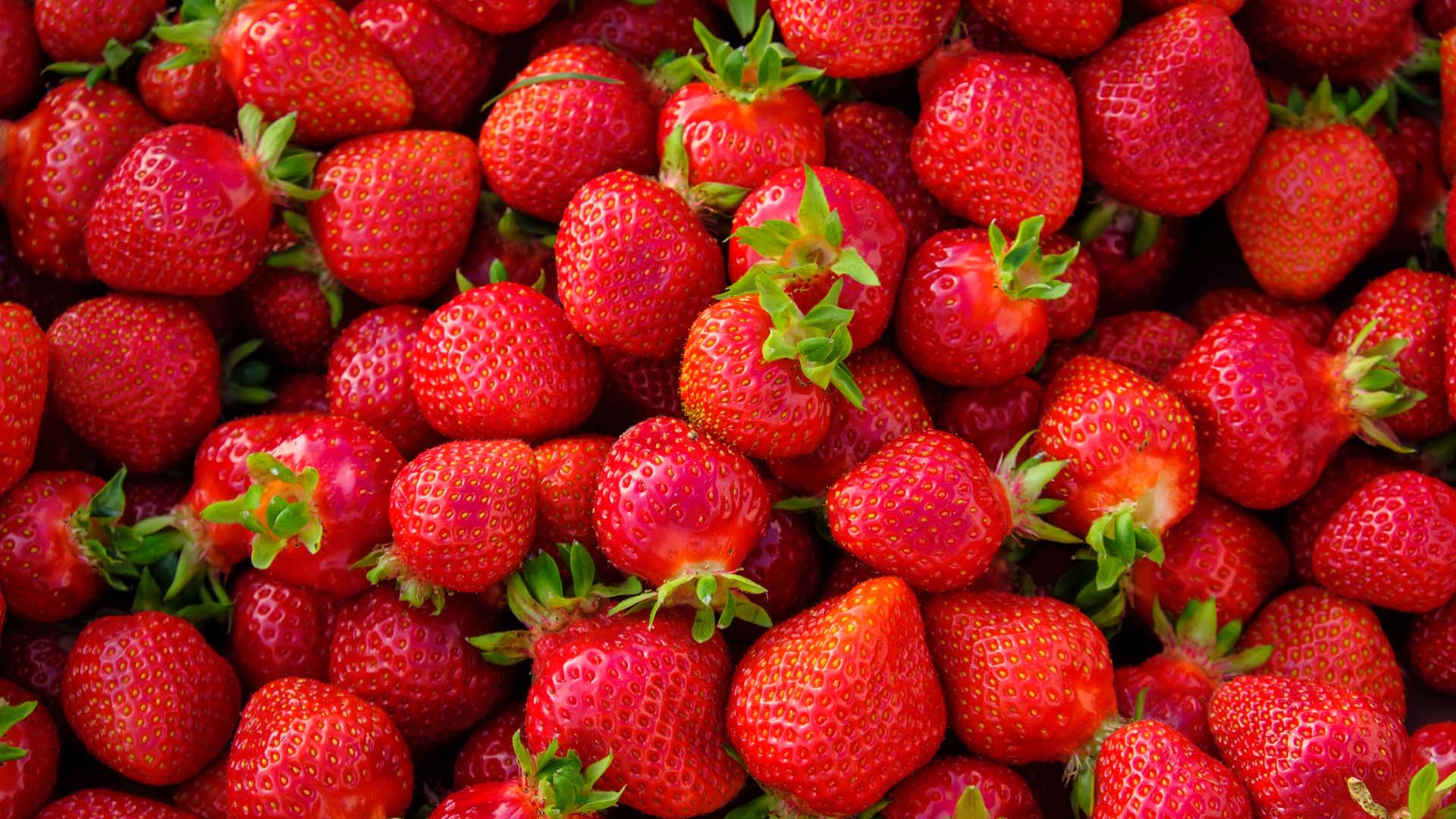
Strawberries don't just taste and look great, they are full of fibre, help your heart health and may even stave off dementia.
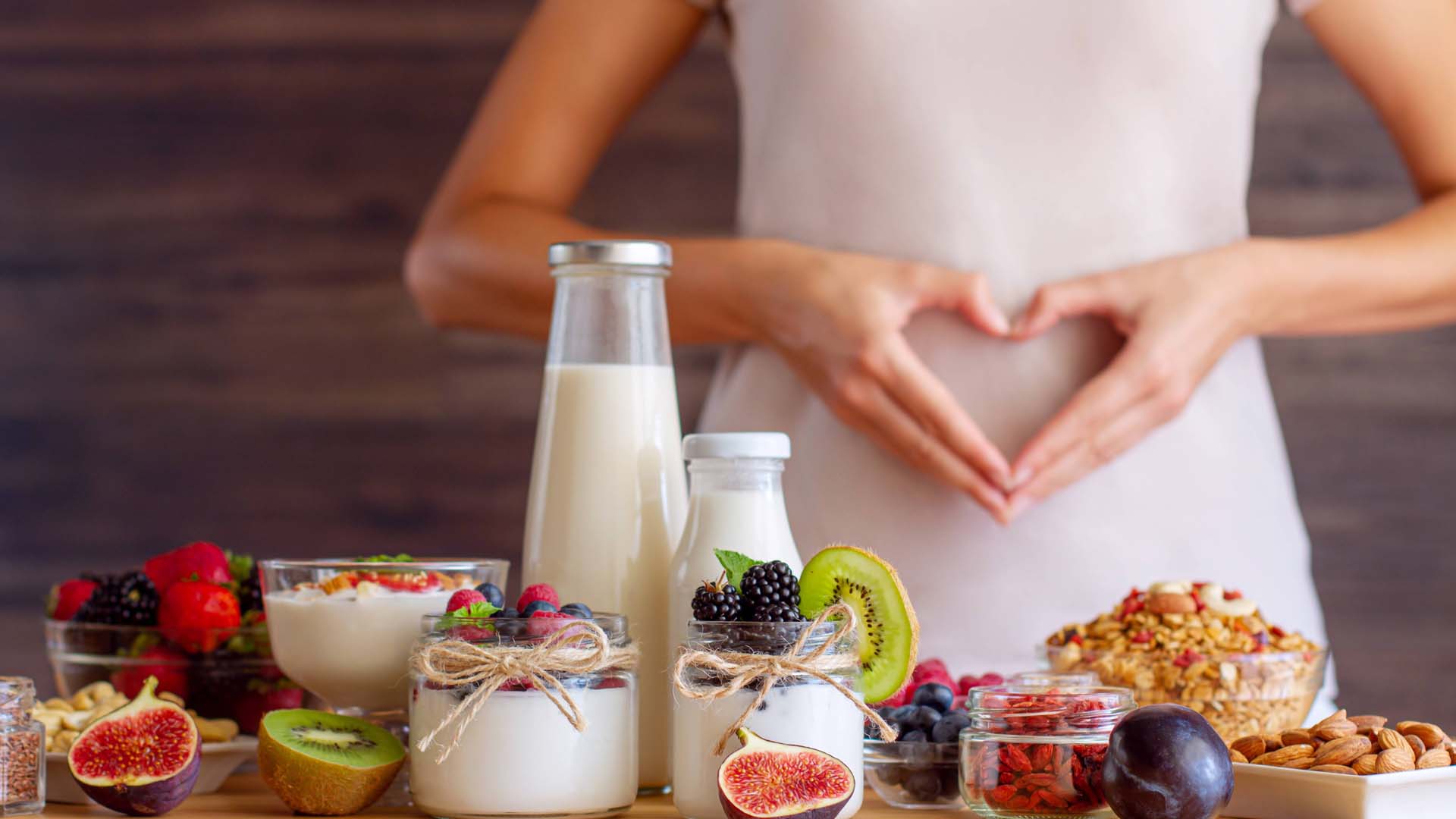
Looking after your gut health could be one of the biggest things that you can do for your overall health. Here are the best foods to keep your gut happy.
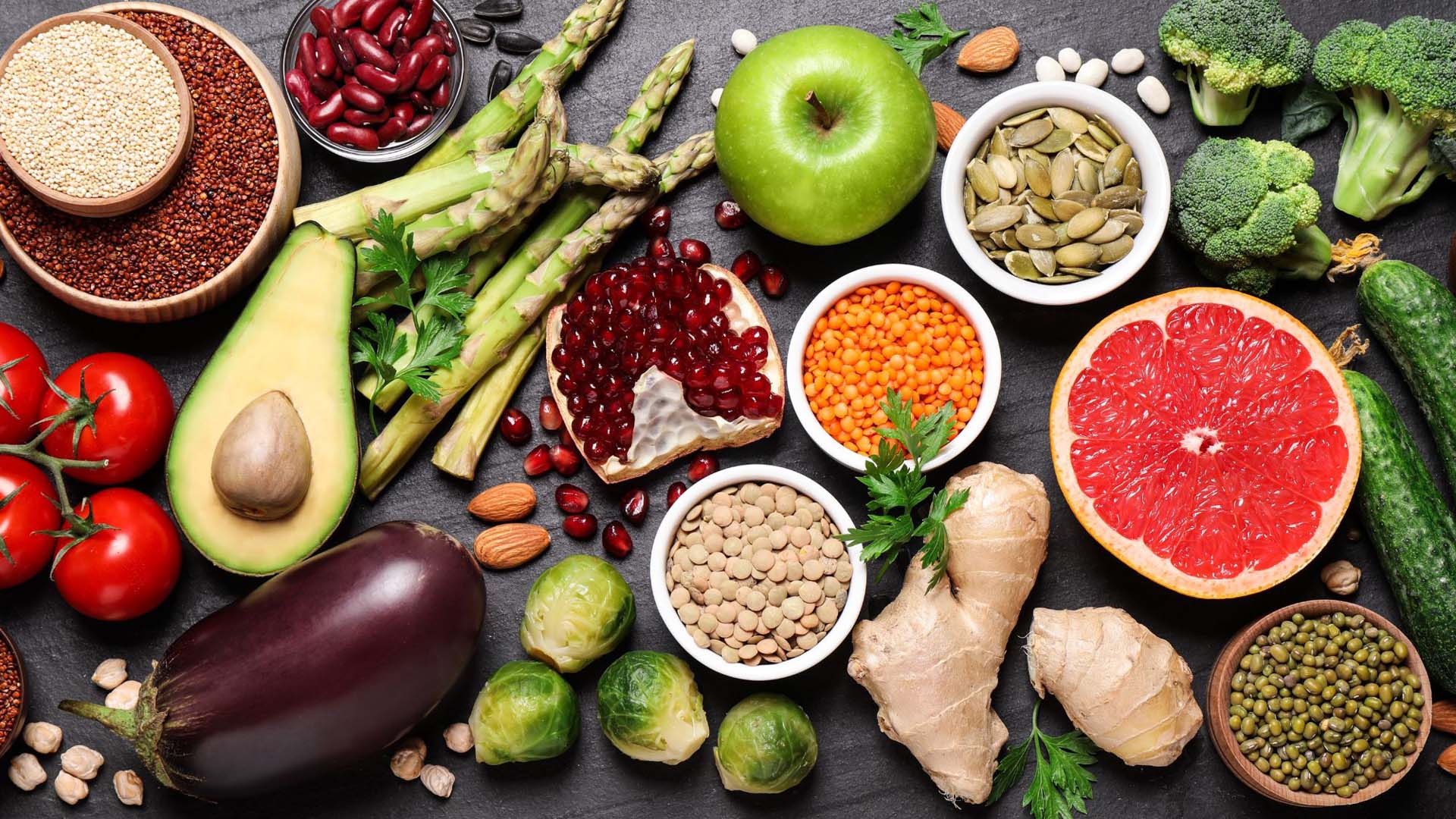
The foods that could help you live longer and protect against chronic illness.